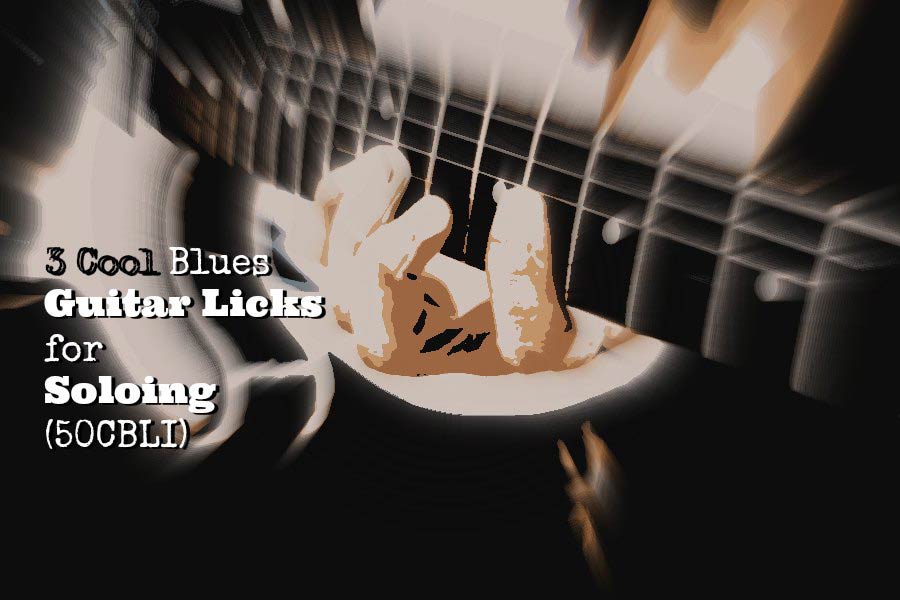August 11, 2023 by Klaus Crow

This post may contain affiliate links. Please read my disclosure policy
What a title huh? Well, today I would like to share a list with beautiful acoustic guitar songs from contemporary singer songwriters. We all know the songs of the great singer songwriters like Bob Dylan, Paul McCartney, Tom Petty and Bruce Springsteen, so I thought it would be nice for a change to put together a list with the next generation of singer songwriters.
Don’t get hung up on the order of this list, nor the incompleteness. I know that the amount of singer songwriters that can be added to this list is infinite, so I hope you put your recommendations in the comments below. There is one rule though, they need to be guitar players :)
The list is here to inspire and give you some wonderful songs to explore, to listen to, study and practice.
Some of the artists in this list you might already be familiar with, others may be new to you. A good reason to check out these great songs, guitars and voices. Get yourself a cup of coffee, pick out your favourites, and start playing!
Note: Each song title contains a YouTube link. The “Chords” link will take you to the chords and lyrics or tabs and the “More Chords” link will show you the official transcribed chords if you want to learn more songs of the artist concerned.
Enjoy!
1 – Scientist – Chris Martin (Coldplay) – Chords – More Chords
2 – Daughters – John Mayer – Chords – More Chords
3 – Cannonball – Damien Rice – Chords – More Chords
4 – New york New york – Ryan Adams – Chords – More Chords
5 – Strong enough – Sheryl Crow – Chords – More Chords
6 – Falling Slowly – Glen Hansard – Chords – More Chords
7 – I’m yours – Jason Mraz – Chords – More Chords
8 – Trouble – Ray LaMontagne – Chords – More Chords
9 – A team – Ed Sheeran – Chords – More Chords
10 – Better together – Jack Johnson – Chords – More Chords
11 – Dream catch me – Newton Faulkner – Chords – More Chords
12 – Cinder and smoke – Iron and Wine – Chords – More Chords
13 – Wildfire – Laura Marling – Chords
14 – Heartbeat – Jose Gonzalez – Chords
15 – Follow the sun – Xavier Rudd – Chords
16 – So beautiful – Pete Murray – Chords
17 – Good man – Josh Ritter – Chords
18 – Sideways – Citizen Cope – Chords
19 – Black river – Amos Lee – Chords
20 – Free – Donavon Frankenreiter – Chords
21 – Diamonds on the inside – Ben Harper – Chords
22 – Sunshine – Matt Costa – Chords
23 – I love the rain the most – Joe Purdy – Chords
24 – One moment more – Mindy Smith – Chords
25 – Another day – Bertolf – Chords
30 Day Singer
Do you want to learn to sing (better)? 30 Day Singer is one of the most popular online singing courses. The course is great for beginners, but also provides advanced techniques for experienced singers.
There are lessons for perfect pitch and intonation, getting better tone, learning to sing higher, steps to better phrasing, mastering vibrato, belting, and lessons that teach you different styles of singing from pop, country and R&B to classical.
The instructors are best-in-class educators coming from Julliard, The Voice and other top music institutions. This course has everything you need to learn to sing. Start Now!
Do you know a great guitar song from a contemporary singer songwriter. Please share in the comments. I’d really appreciate it.
Don’t forget to practice!
 The minor pentatonic scale is the most used scale for soloing and it is used in a wide variety of music styles like pop, rock, country, metal, blues and more. It’s a great scale because it’s fairly easy to play which makes it a perfect beginner scale for soloing, but it also has the functionality to develop, expand, and improve your skills to high levels of advanced playing.
The minor pentatonic scale is the most used scale for soloing and it is used in a wide variety of music styles like pop, rock, country, metal, blues and more. It’s a great scale because it’s fairly easy to play which makes it a perfect beginner scale for soloing, but it also has the functionality to develop, expand, and improve your skills to high levels of advanced playing. Today I’ll show you 3 cool blues licks from the 50CoolBluesLicksImprovisation Course. (See below this post for more info).
Today I’ll show you 3 cool blues licks from the 50CoolBluesLicksImprovisation Course. (See below this post for more info).


 There are a lot of ways to make chord progressions sound more playful and interesting. Using
There are a lot of ways to make chord progressions sound more playful and interesting. Using 



